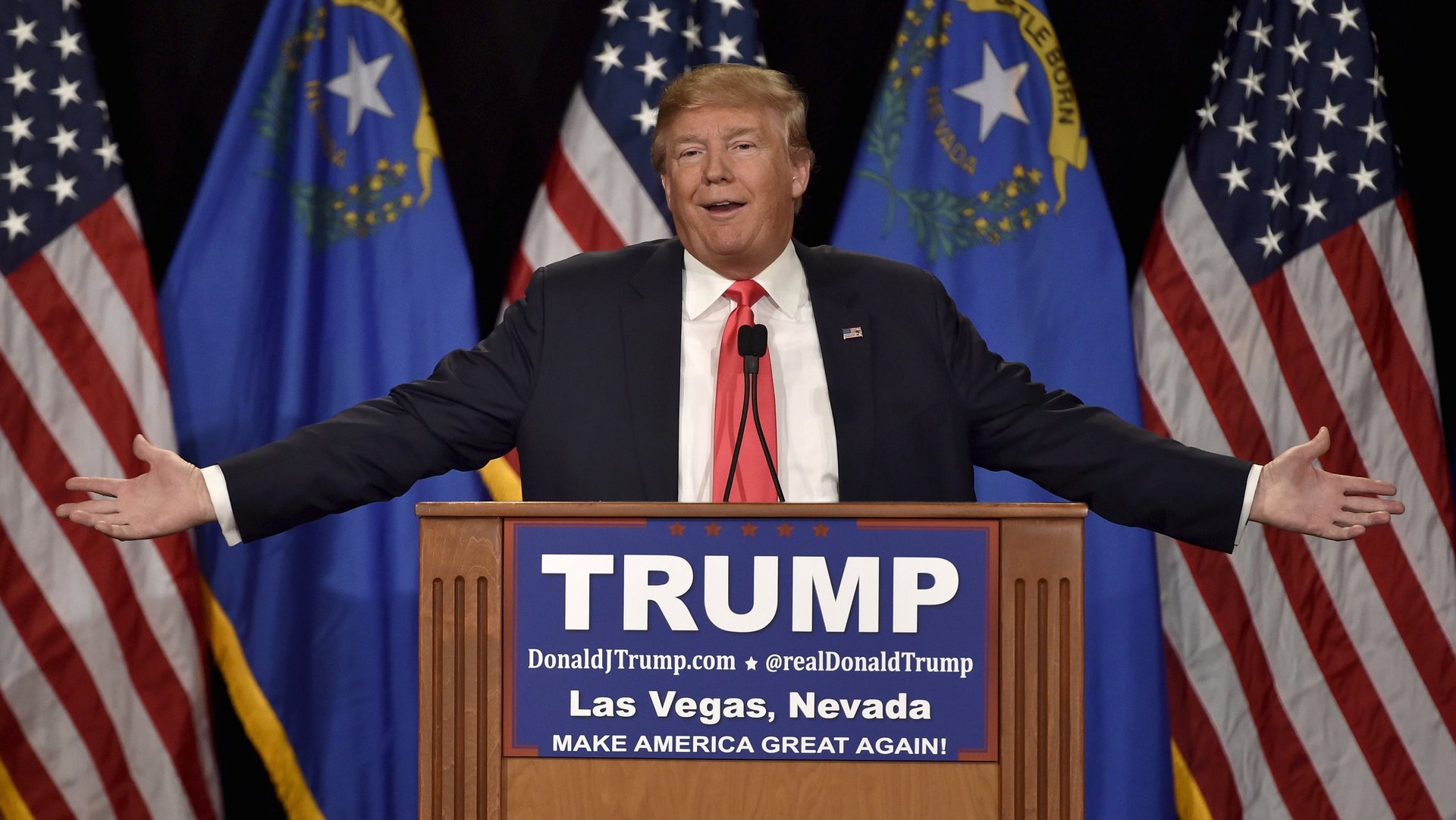How the American freak out over Clinton’s emails buried definitive proof of Trump’s awful business record
The possible discovery of more Hillary Clinton emails may be the “October surprise” that Donald Trump has been waiting for. “This changes everything,” he said.


The possible discovery of more Hillary Clinton emails may be the “October surprise” that Donald Trump has been waiting for. “This changes everything,” he said.
But it does not change the disastrous performance of his Atlantic City casinos: the Plaza, Marina, and Taj Mahal. All have now closed—the Taj most recently, on October 10. And, under his management, all lost more jobs and money than others in Atlantic City.
We should not, therefore, let Clinton’s October surprise overshadow the Trump casinos’ October demise.
From 1984 to 2010, Trump was the CEO, chairman of the board and/or dominant shareholder of those casinos. Under his management or control in that period, they lost on average 900 more jobs and $50 million more revenue per casino than others in Atlantic City.
From the outset, Trump’s economic claims have been his most compelling. He has tapped into a deep sense of anxiety among millions of American workers who have lost jobs to cheaper foreign labor markets. Many believe he can be their champion because, he says, he runs “great” companies. “If we could run our country the way I’ve run my company,” he said during the final debate, “we would have a country that you would be so proud of.”
Like Trump’s taxes, we actually know little about most of Trump companies, because they are privately held. But his casinos are different. They reported a wealth of information to casino regulators and in securities and bankruptcy filings, which I analyze in a new working paper, Making America Worse: Jobs and Money at Trump Casinos, 1997-2010.
To be fair, all Atlantic City casinos lost jobs and revenue in that period, as neighboring states licensed new gaming facilities that lured away Atlantic City’s “convenience” gamblers. But Trump is a fighter, so the important question is about relative performance. In head-to-head competition—the same businesses (casinos) in the same place (Atlantic City) facing the same “foreign” threat—Trump’s casinos were not the best. They were not even average. They were the worst.
Why did his casinos perform so badly? The two leading explanations speak volumes about Trump’s performance in business—and perhaps as president.
First, Trump’s casinos borrowed extravagantly. Rather than repaying their debts, however, they went through Chapter 11 bankruptcy—not once, but four times. Trump admits this, but ignores the fact that this is “huge,” in fact a record: According to CNN, no large business has gone through more bankruptcy proceedings than Trump did in the past 30 years.
Congress created Chapter 11 to help troubled companies renegotiate debt so that they could return to financial viability. But although the Trump casinos went into bankruptcy, they ultimately failed to become profitable in the long-term. The “king of debt” could not get deals good enough to save his casinos.
Debt is key to Trump’s economic plans. Although he has criticized the ballooning national deficit, the nonpartisan Tax Policy Center estimates that Trump’s tax proposal could add $20 trillion to it.
Perhaps his casinos’ many trips through bankruptcy left Trump cavalier about this burden, assuming—as he suggested at one point—that he could simply negotiate a “discount.” This is ludicrous, of course, because US sovereign debt is the foundation of the world’s financial stability. But that is how he ran his companies—so maybe that’s what he would do as president.
Second, the casinos were hurt by severe job cuts, shedding some 7,400 employees between 1997-2010—37% more than his rivals. Shrinking the workforce can be an effective way to manage declining revenues, so long as the cuts aren’t too deep.
But here, the Trump casinos were stuck in a vicious cycle. They cut jobs to reduce costs, yet revenues still declined. So he cut more jobs—and still lost more money. Trump was, in short, anything but a job saver. When times got tough, he cut more jobs more quickly than his competitors, and still failed.
Of course, Trump did exceedingly well for himself, bragging to the New York Times that “[t]he money I took out of Atlantic City was incredible”—perhaps as much as $135 million, the Wall Street Journal recently reported. Even while in bankruptcy, my study found that Trump milked the casinos for about $3.2 million per year in cash. This was around six times the average casino CEO’s salary in 2004, and about 120 times what Trump paid his average employees.
Although Trump has not disputed my findings, a spokeswoman defended Trump’s record, saying that having three casinos in the same market “turned out to be a disadvantage.” This is ridiculous. If anything, being under common control should have been an advantage. His casinos could have consolidated operations and purchasing, for example, reducing costs in ways that others could not.
Whatever the reason, Trump’s casinos lost more jobs and revenue than his rivals. In the end, his casinos cost investors about $1.5 billion and eliminated nearly 15,000 jobs.
As we think about the “October surprise” of alleged new Clinton emails, we should not forget the “October demise” of the Trump Taj Mahal and his other casinos, the only Trump companies we actually know much about.